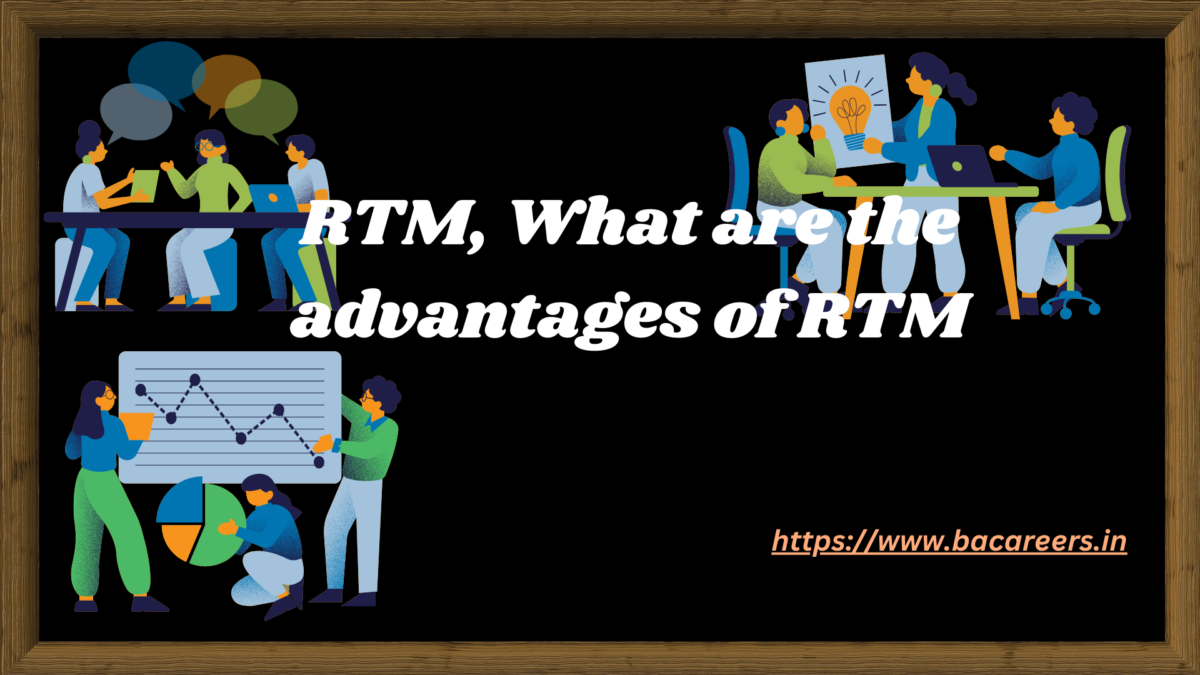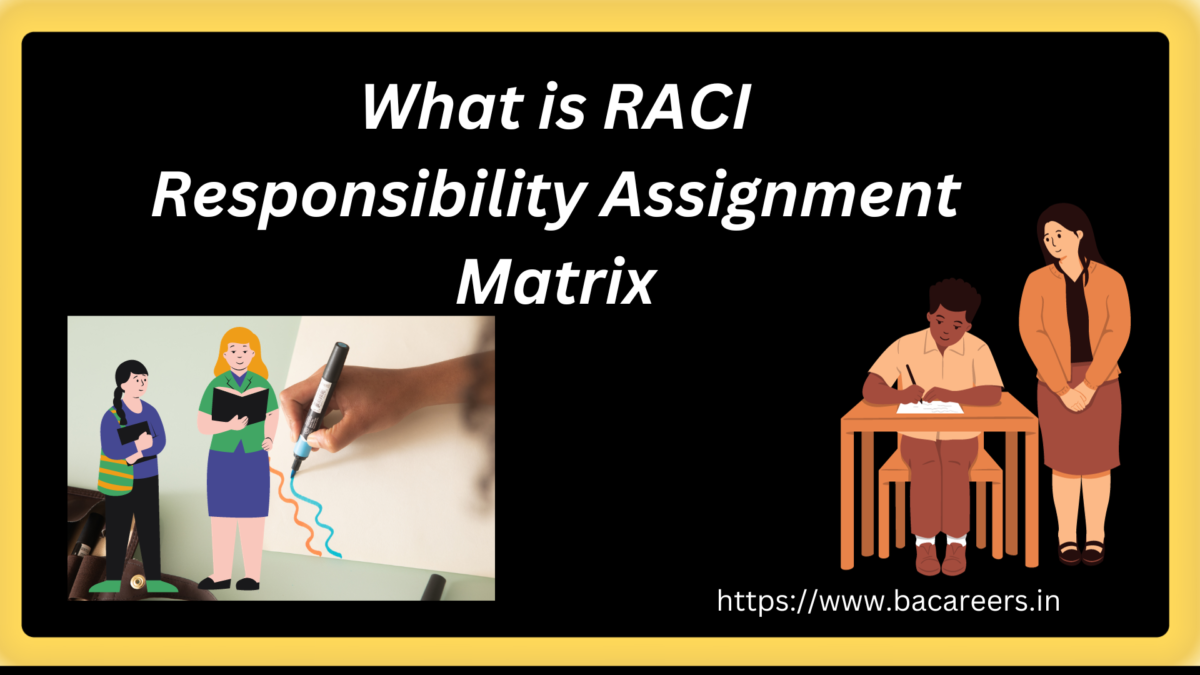A Requirement Traceability Matrix (RTM) is a tool used in project management and software development to ensure that all requirements are identified, documented, and fulfilled throughout the project lifecycle. The primary purpose of an RTM is to establish a link between the project requirements and the various stages of development, testing, and project completion. It helps to track the progress of each requirement and ensures that no requirements are overlooked or left unaddressed.
Continue reading “What is Requirement Traceability Matrix and How to use it”

Business Analyst , Functional Consultant, Provide Training on Business Analysis and SDLC Methodologies.



